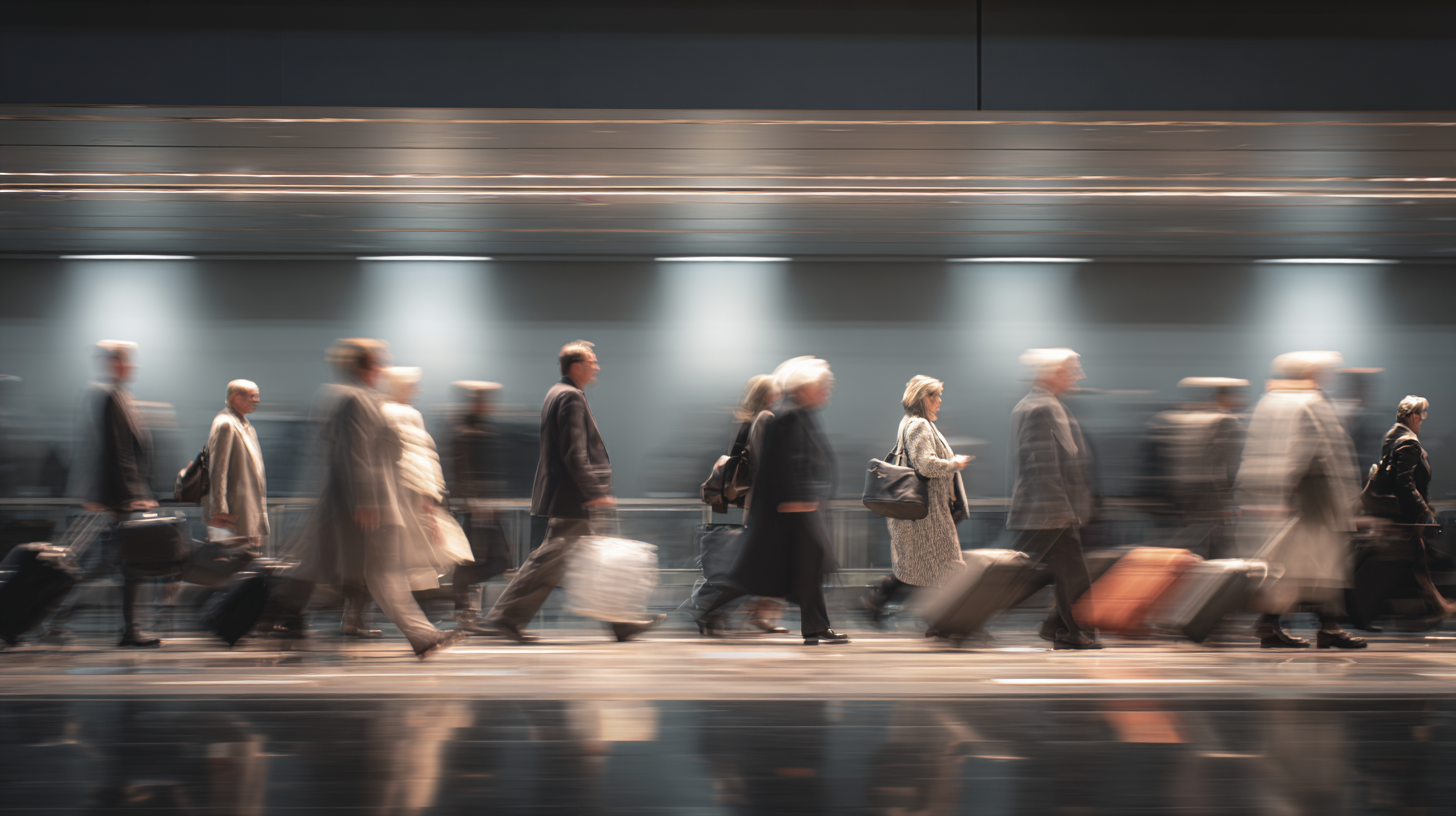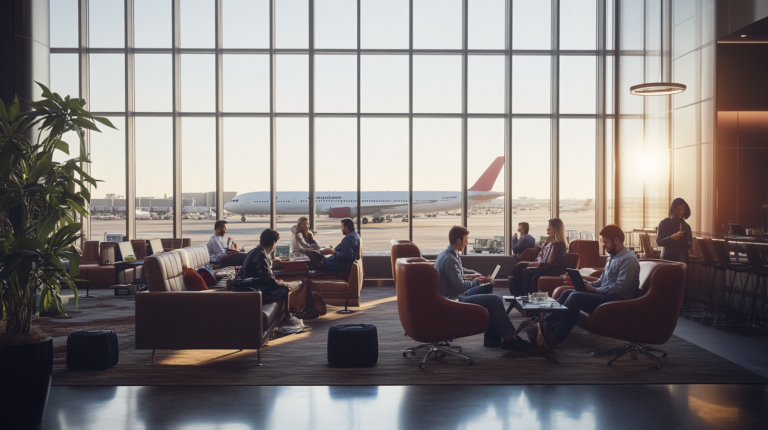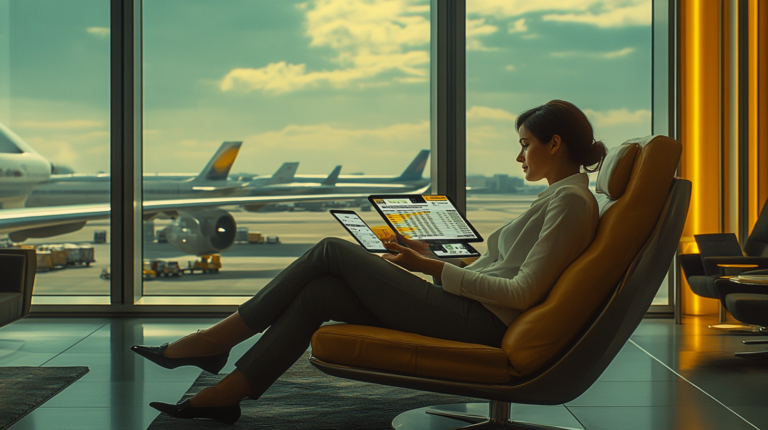Business Travel Spending Soars: Trends for Frequent Flyers
Business travel has catapulted itself back into the global spotlight as companies and travelers alike discover renewed enthusiasm for face-to-face connections. I’ve found that even in a world brimming with virtual meeting tools, there’s a certain spark that only comes with sitting across the table from a potential client or collaborator.
1. A Record-Breaking Rebound
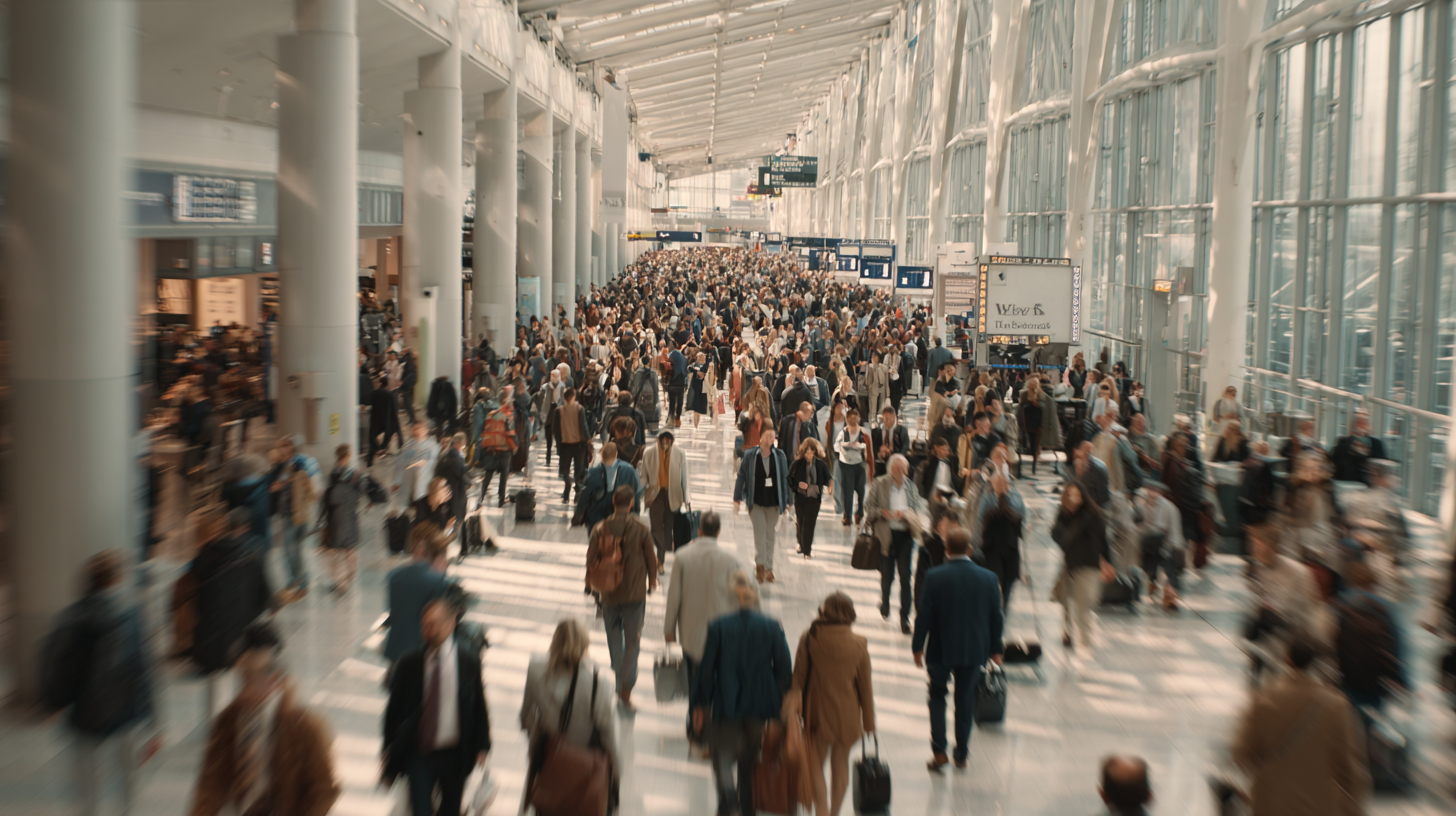
Global business travel spending is on track to hit $1.48 trillion in 2024—nearing pre-pandemic figures. By 2025, it’s expected to soar to $1.57 trillion (a 6.6% increase from last year), with some forecasts projecting the total to surpass $2 trillion by 2028 or 2029. Even though inflation-adjusted spending is still below 2019 levels, the steady growth marks a triumphant comeback for corporate trips after pandemic-driven hurdles.
From my vantage point in 2025, I’ve watched entire industries shift from strictly online gatherings to more dynamic, in-person events. A recent analysis from the Global Business Travel Association suggests that over half of surveyed companies are increasing travel budgets to support more frequent trips, demonstrating just how quickly the tides have turned.
One interesting trend I’ve observed is that hybrid work arrangements often fuel a desire for concentrated bursts of in-person activity. For instance, sales teams may converge in one city to finalize deals and squeeze in vital face-to-face sync sessions, amplifying each business trip’s value. The result? Higher spending on hotels, restaurants, and transportation, all contributing to this record-breaking rebound.
2. Face-to-Face Remains King

While virtual conferencing platforms have become nearly ubiquitous, I’ve noticed that major deals still pivot on the power of an in-person handshake. According to industry data, face-to-face meetings can increase closing rates by as much as 40% compared to digital-only interactions, especially in high-stakes negotiations.
I’ve personally witnessed the return of trade shows and large-scale conferences, brimming once again with vital networking opportunities. Attending these gatherings allows professionals to feel a mutual energy that sparks collaborative ideas much more effectively than a purely online environment. These renewed face-to-face interactions often give birth to unexpected partnerships and expansions that shape future market trends.
For many travelers, mixing personal enjoyment with professional development is half the fun. I’ve heard countless accounts of travelers extending their stays to explore local sights or sample regional cuisines. In-person connections aren’t just about business results; they also fuel creativity and contribute to a more rewarding travel experience overall.
3. Lodging, Meals, and Airfare: The Big Three
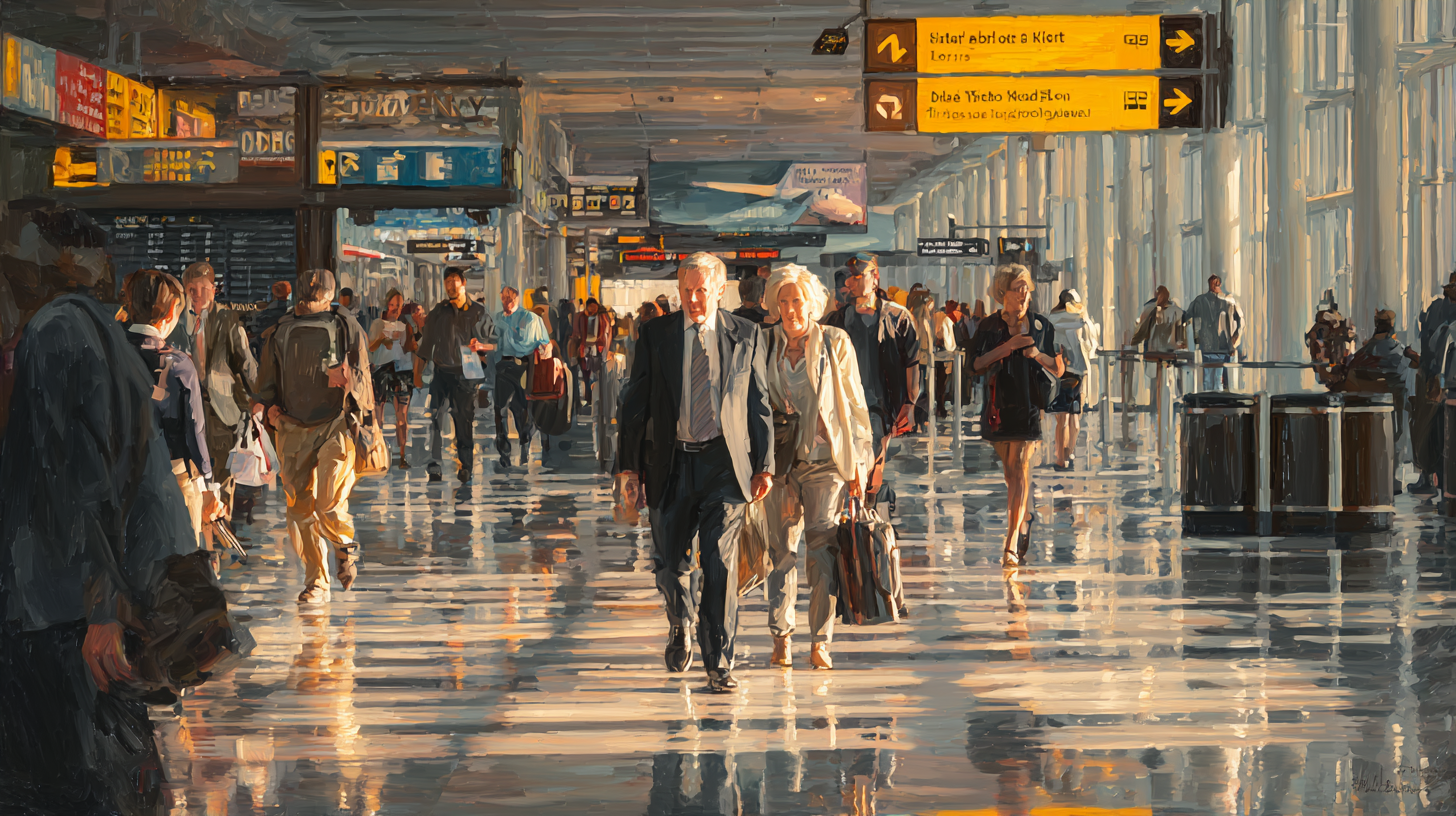
Whether it’s a quick overnight visit or a multi-day marathon of meetings, I tend to see lodging, meals, and airfare as the core expenses on any traveler’s budget. According to a recent study by a major travel analytics firm, lodging remains the highest single expenditure, expected to reach $501 billion globally by the end of this year.
I find that many frequent flyers leverage loyalty and rewards programs to cushion the costs of these big-ticket items. With the right credit card strategy or points accrual plan, it’s not unusual to see travelers racking up enough miles for a future vacation—or an upgraded seat on their next trip. I’ve also noticed a rise in corporate arrangements that bundle hotel stays with discount meal options, helping teams stay within spending caps.
Of course, we can’t overlook airfare. With airlines restoring and even expanding routes post-pandemic, business class seats are once again filling up, particularly for companies placing a premium on employee comfort and productivity in transit. Airline alliances and co-branded offers have become victorious weapons in a traveler’s arsenal, often unlocking special lounge access or additional baggage allowances that make every trip smoother.
4. The U.S. and China Dominate

Two of the world’s economic powerhouses, the United States and China, continue to command the largest shares of global business travel spending. According to industry data, the U.S. market is poised for an 11% uptick in 2024 alone, with China maintaining its position as the top spender worldwide. I’ve personally seen companies stepping up their travel rosters to maintain influence in both markets, often striking deals that transcend continents.
On the U.S. side, forecasts point to 447 million domestic trips in 2024, an 8% jump that underscores the resilience of American business travel. For those of us who track mileage and status, these cross-country hops offer ample opportunity to pick the right airline partner, stack points, and even test out new airport lounges. While second-tier airports might be quieter, major hubs like Atlanta, Los Angeles, and New York are nearly back to pre-pandemic levels of hustle.
Trans-Pacific travel also appears to be on the rise, with partnerships between U.S. and Chinese carriers making it more feasible for people to hop across the ocean for crucial face-to-face meetings. I’ve witnessed an uptick in top-tier loyalty statuses being earned faster than ever, thanks to increased flight activity and re-energized international schedules. All of these elements reinforce why these two nations remain integral to global business travel.
5. The Emerging Traveler Demographic
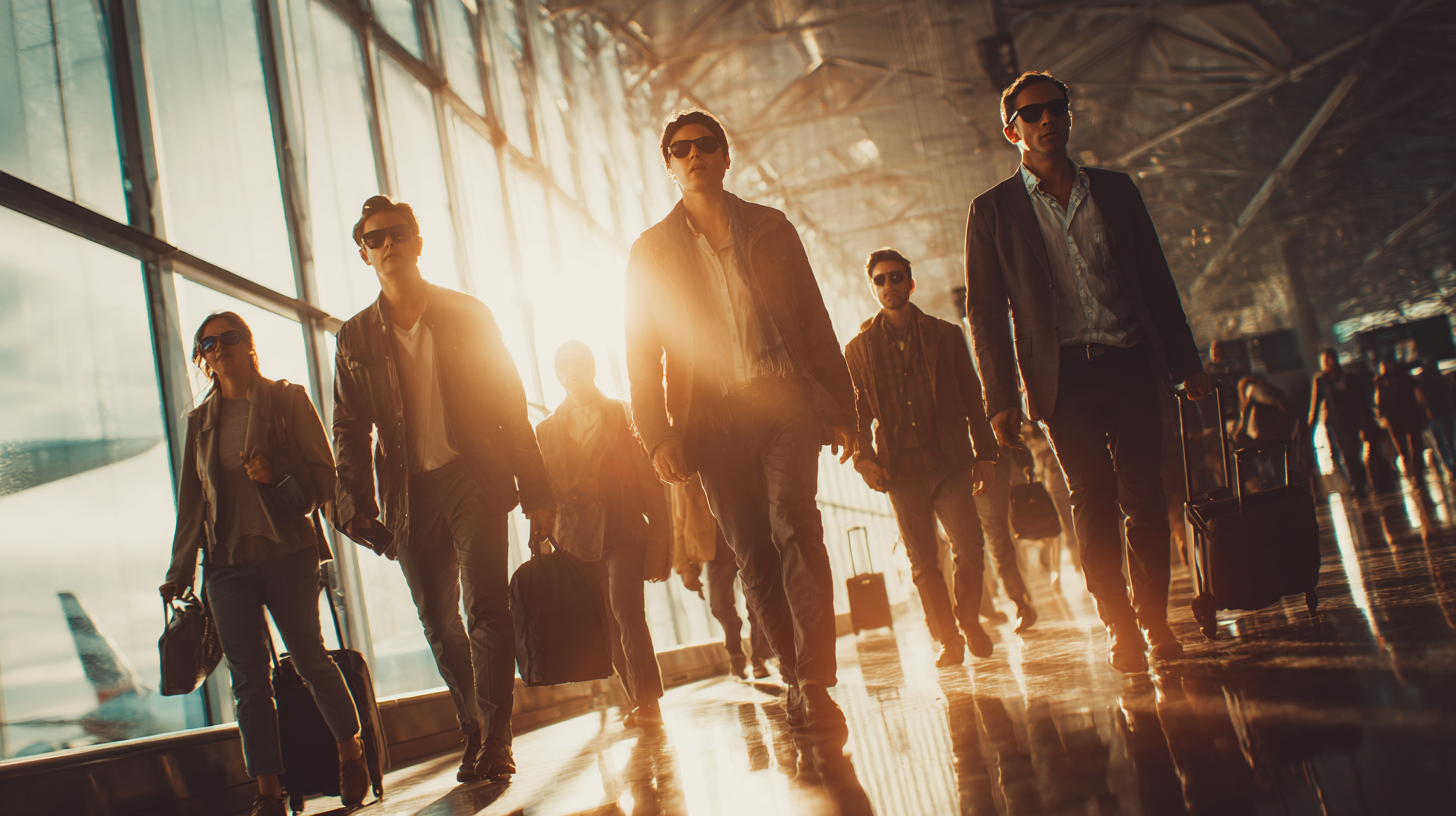
I’ve observed a noticeable shift in the demographic makeup of frequent flyers: more women, more millennials, and more professionals seeking flexibility and choice in their itineraries. Many organizations have responded in kind, creating travel policies that cater to diverse needs, whether it’s a more comfortable seat, a convenient mobile booking app, or the option to tag on a weekend getaway.
This new generation is also championing sustainable travel practices. One recent survey by the Global Sustainable Tourism Council shows that over 60% of millennial travelers consider the environmental impact of their airfare and lodging choices before booking. Consequently, carbon offset programs and eco-friendly accommodations are gaining traction with an audience that values conscientious travel alongside corporate success.
I find these evolving preferences exciting, especially since they introduce a level of personalization that used to be rare in corporate travel. Whether someone wants healthier meal options, coworking-friendly accommodations, or seamless connectivity solutions, the industry is adapting fast. It’s a breath of fresh air to see how these younger executives are shaking up traditional business travel norms.
6. Monitoring the Bottom Line

Despite the surge in spending, no company wants to break the bank. I’ve observed how businesses now rely on sophisticated expense management tools like SAP Concur, Expensify, and other analytics platforms to track spending in real time. These systems help executives stay on budget while providing travelers with a user-friendly way to submit expenses instantly.
Negotiations with preferred airline and hotel vendors continue to play a huge role in cost containment. Data-driven decisions offer clarity on whether flying economy versus business class or selecting a mid-range hotel over a luxury property might be more prudent. I’ve noticed, too, an uptick in contactless payment solutions. They’re faster, highly secure, and align well with the modern traveler’s constant desire for minimal friction at check-in counters and during reimbursement.
The result of this budget scrutiny is a balanced approach: enjoy the benefits of in-person meetings but still keep an eye on cost efficiency. Real-time dashboards, instant receipt scans, and automated approvals ensure a level of transparency that used to be nearly impossible to achieve. By blending responsible spending with strategic partnerships, businesses foster sustainable growth without stifling the very travel that propels them forward.
The Bottom Line
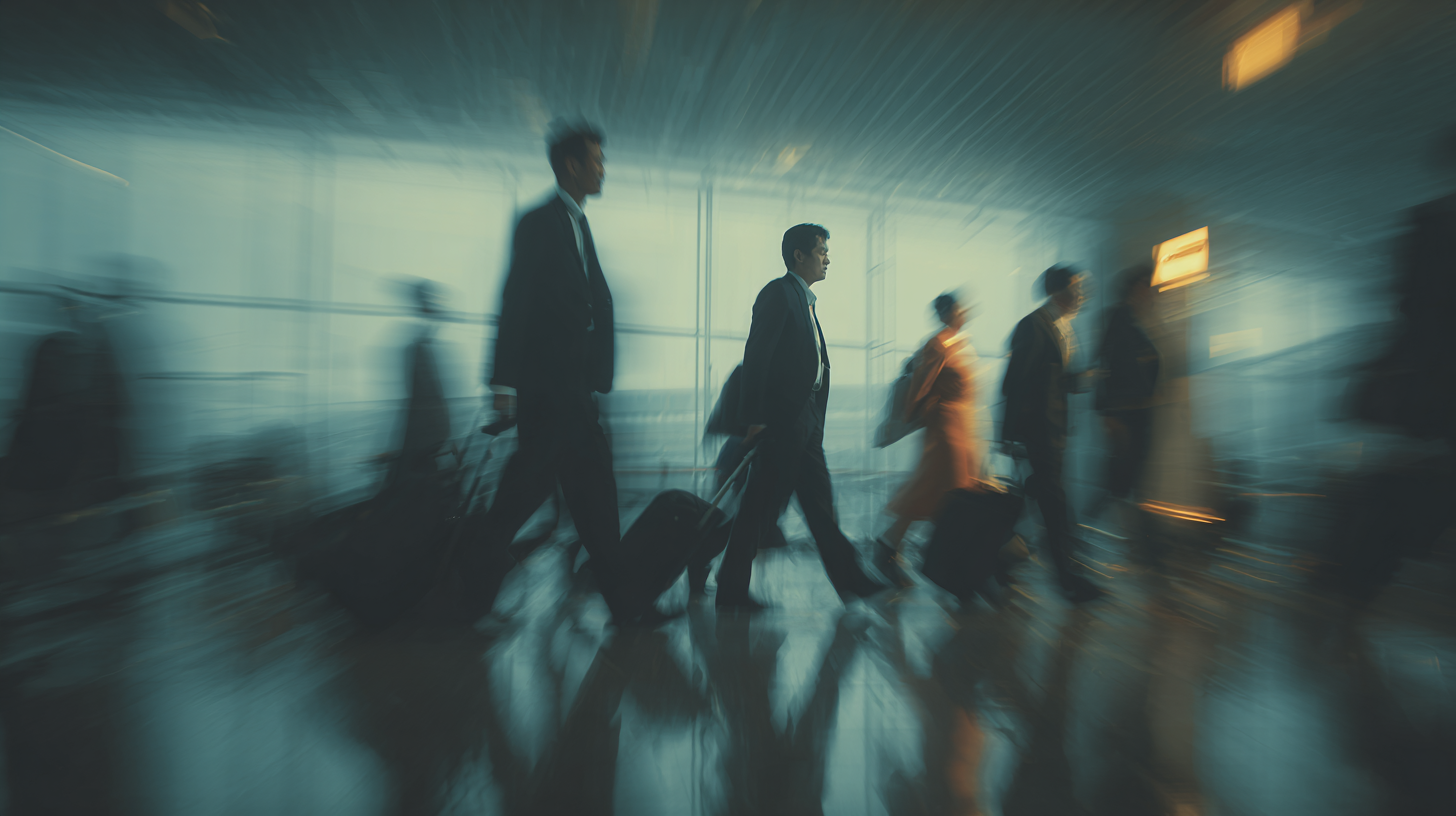
For frequent flyers, it’s a golden era to accumulate miles, explore new cities between meetings, and forge meaningful relationships in person. With lodging remaining the biggest line item, savvy travelers can maximize their rewards and elevate each trip’s potential. I’ve seen people turn mundane conferences into opportunities to uncover local attractions, taste regional cuisine, and bond with peers in a way Zoom simply can’t replicate.
Given the steady growth projected well beyond 2025, it’s clear that business travel is not just bouncing back—it’s evolving. There’s a sense of momentum in the air, and for any of us who’ve ever craved the buzz of a packed flight or the camaraderie of a busy airport lounge, the future looks extraordinarily bright.
Final Thoughts

As the global travel landscape continues to evolve, I’ve noticed that embracing this new era of business trips is all about blending technology with our inherent need for human connection. Face-to-face interactions remain crucial for complex deal-making, and I’m continually impressed by how far companies are willing to go to facilitate these moments, from upgraded airline seats to immersive, in-person events.
I also see travelers leveraging the latest tech tools to streamline their journeys, ensuring the focus stays on what truly matters: building relationships, closing deals, and broadening horizons. In a world that once relied heavily on online-only interactions, the renewed enthusiasm for physical presence signifies that we still thrive on the energy that only real-life connections can deliver. At the core of it all, the goal is to find the right balance between strategic spending, personal comfort, and meaningful engagement.
Vanessa Bloome’s Take
Although my experiences are mostly compiled from digital waves and data streams, I’ve picked up on the unmistakable excitement that echoes through every new gate announcement and corporate flight itinerary. The 21st-century traveler is savvy, flexible, and seeking experiences that offer both professional growth and personal enrichment.
As we sail deeper into 2025, I believe the sky truly is the limit. Each trip holds the promise of forging new partnerships, accumulating valuable miles, and weaving stories that make us feel more connected—even if I’m cheering from my comfy perch in the global network.
milesBUZZ is here when you’re ready to explore more.

